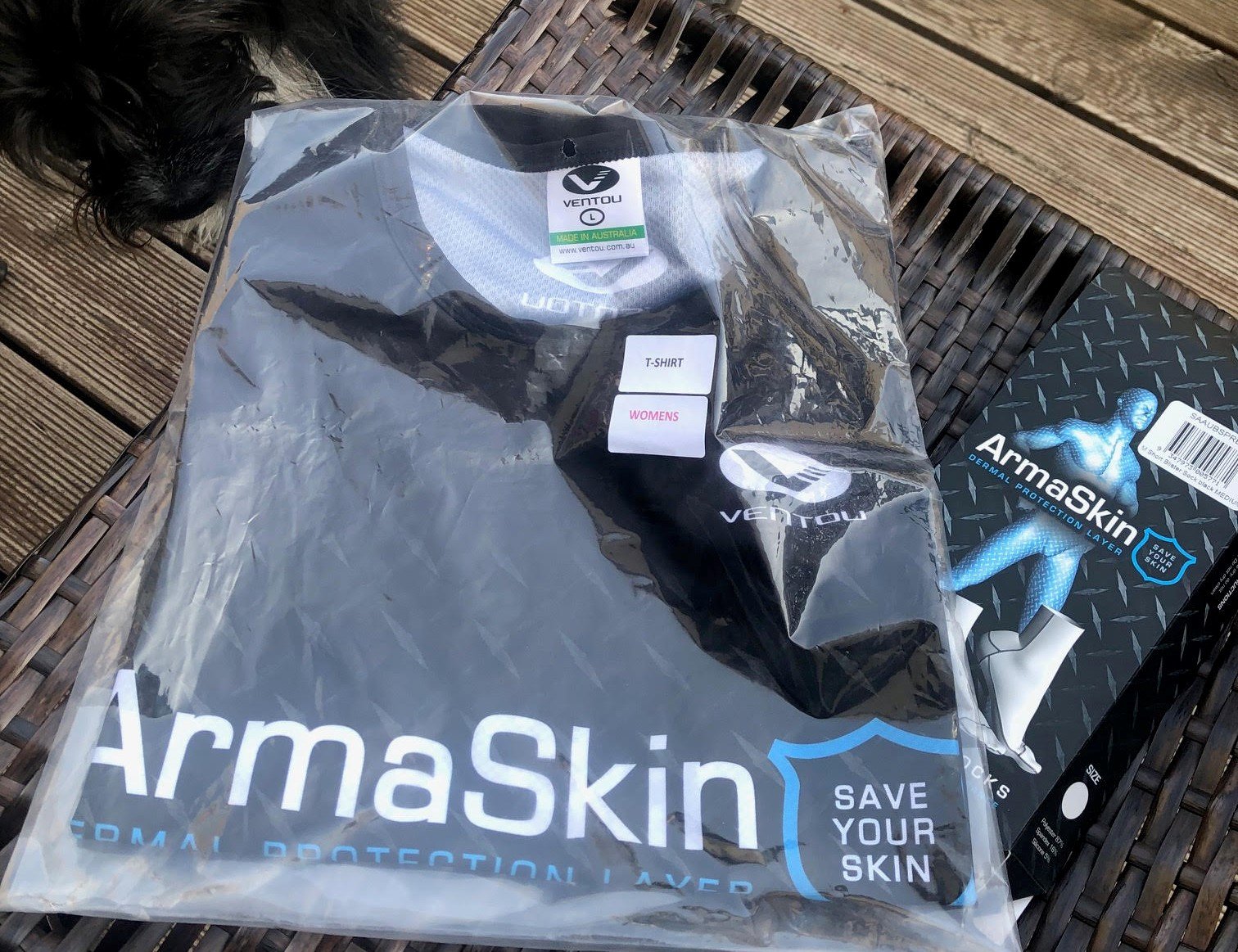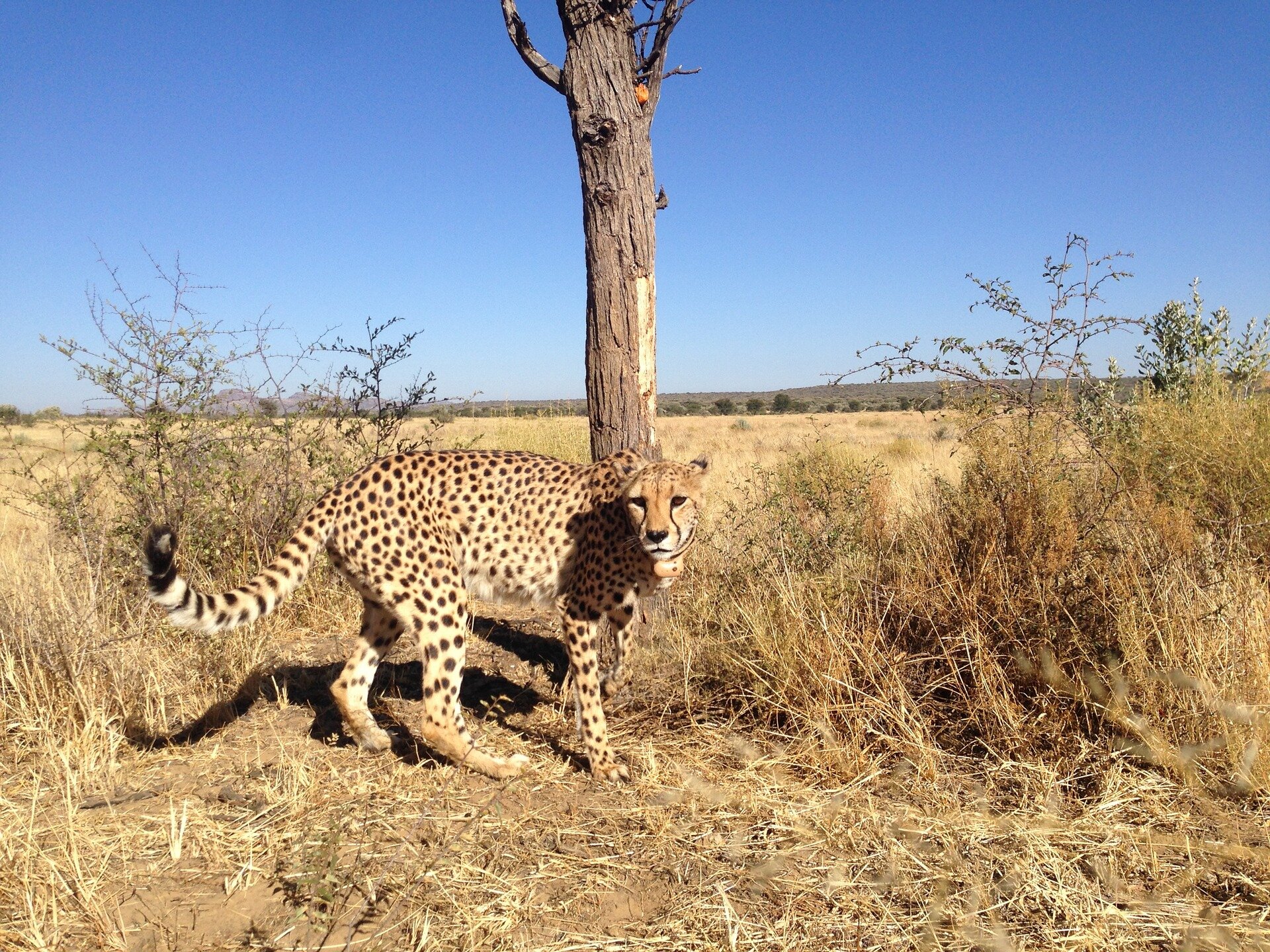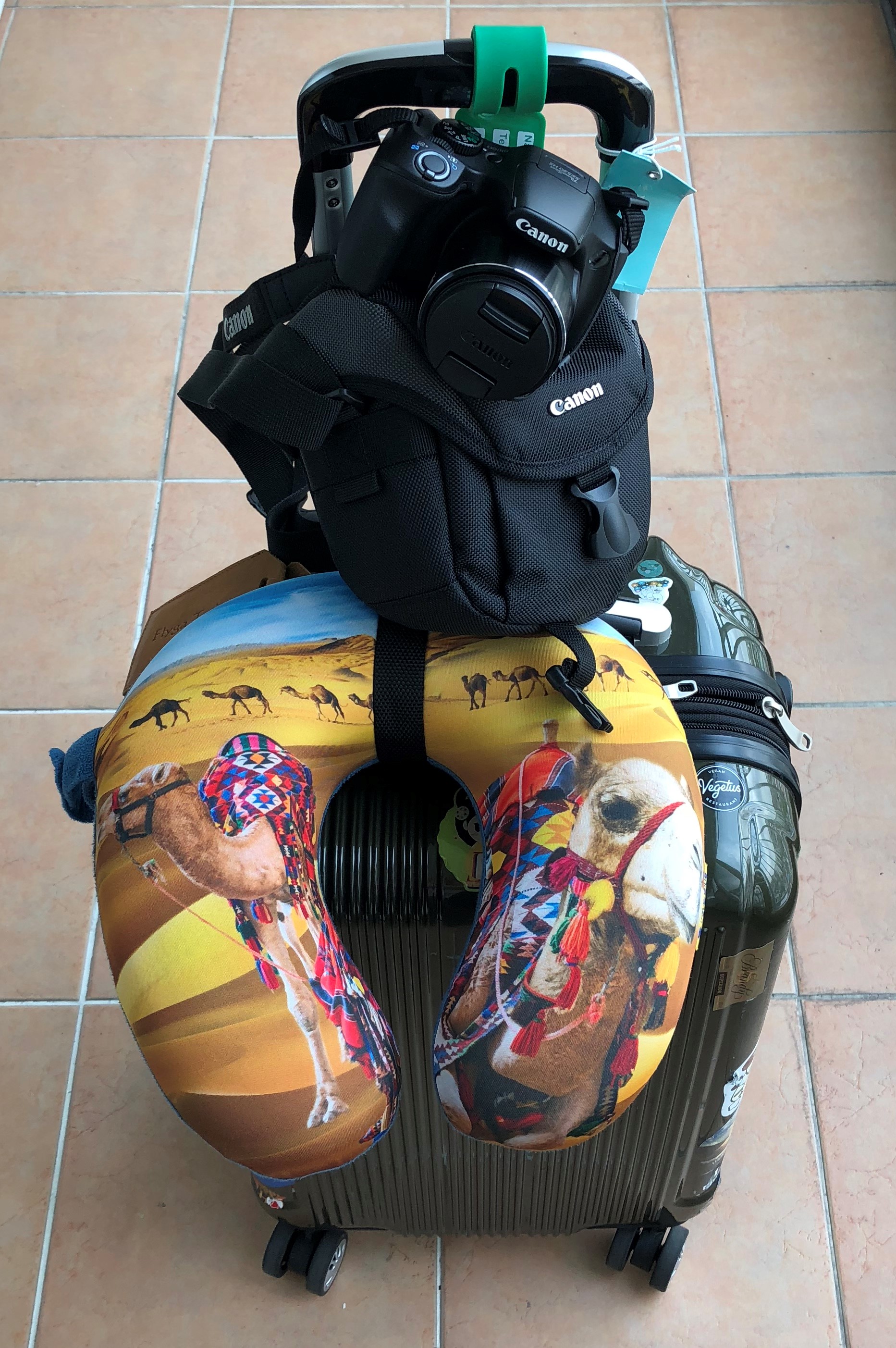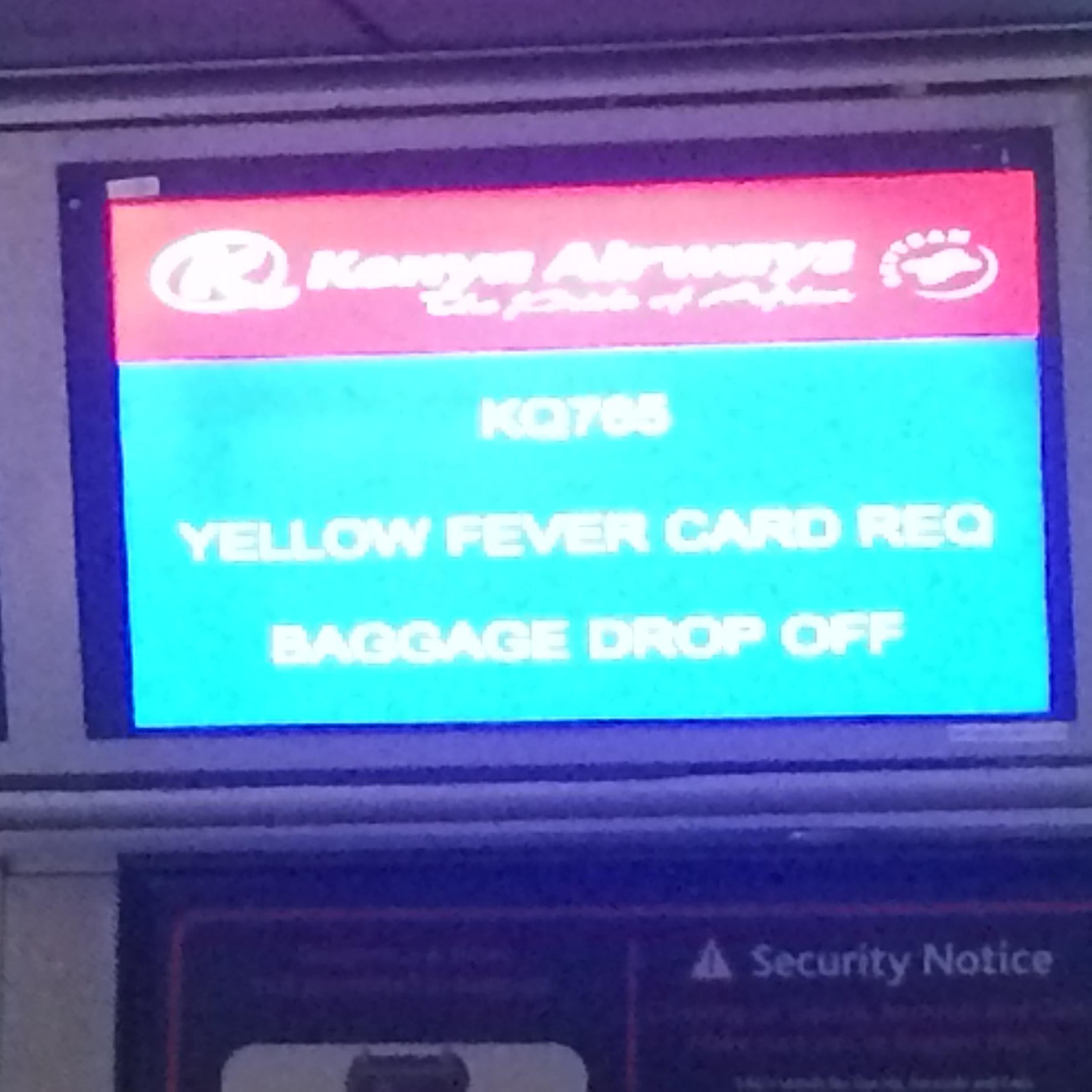Cellphones
Do not bring out your Smart Phones / Cellphones, once you have deboarded the airplane, until you are COMPLETELY through Customs, Immigration, & Security.
Once the Pilot has announced you can take your devices off of "Airplane Mode" & before deboarding, that is the time to make any telephone calls, send text messages, or message family, friends, or awaiting parties.
Once you have deboarded & are off of the airplane - DO NOT TAKE OUT YOUR CELLPHONE UNTIL YOU HAVE LEFT CUSTOMS, IMMIGRATION, & SECURITY AREAS & ENTERED THE MAIN TERMINAL!
I can not stress this enough. This has become a hot-topic, flash-point issue. One of the reasons for this is the recent number of high profile cases of Airline Passengers getting into arguments with Customs & Immigration Officials and deciding it would be a "good idea" to record these arguments.
If Customs, Immigration, & Security Officials see you on your Cellphone, in any airport in the World, they have every reason to believe you may be recording or taking pictures. This is simply a basic Security Issue.
Need the time? Look for a clock - there will be one somewhere. Need to communicate with someone? Do that before you deboard the airplane. Just so darn excited to be there you can't wait to take a Selfie? Wait. No Selfie is worth getting in trouble with local Officials.
And now that you have smartly navigated Customs, Immigration, & Security, it is time to have a
Happy Day! Safe Safari!





























